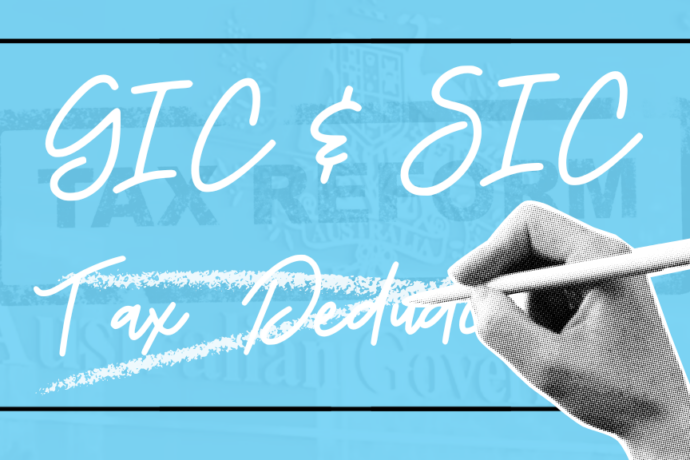GIC & SIC No Longer Deductible from 1 July: What You Need to Know

Table of Contents
From 1 July 2025, GIC and SIC will no longer be tax deductible.
If you’re advising clients with tax debt—or you’re carrying ATO debt yourself—this matters.
It means the cost of falling behind with the ATO just got higher. A lot higher.
The Change
Right now, GIC and SIC are deductible. From 1 July 2025, they’re not.
That change applies to all GIC/SIC incurred from 1 July onwards—whether the original debt is from last year or last week. There’s no carve-out for older debts or existing disputes.
The Impact
From 1 July, ATO interest charges (GIC and SIC) will no longer be tax-deductible.
That means the true cost of tax debt just jumped—especially for businesses already feeling the pressure.
It affects:
- Anyone negotiating payment plans or remissions
- Anyone disputing ATO assessments
- Anyone who’s been sitting on a tax debt, waiting for things to improve
ATO interest (currently 11.17%) compounds daily—and from 1 July, you won’t be able to claim any of it back.
This isn’t just theoretical. It’s a real increase in cost—and it makes early action more important than ever.
What To Do
The window to act is now.
If you’re advising clients, or reviewing your own position:
- Bring forward resolutions – If you’re negotiating with the ATO, move before 1 July while deductibility still applies.
- Review how you’re funding repayments – Unlike GIC/SIC, commercial interest may still be deductible. That matters.
- Reassess disputes – The after-tax cost of letting a dispute roll just went up.
- Get remission requests in early – Stronger position, better chance.
- If you’re restructuring, move – Tax debt deals are still possible. But delay is now even more expensive.
If you’re not sure how this affects a particular situation, or need help reassessing a strategy before EOFY, get in touch.
We’re working with accountants and advisors across the country to help clients act early—and reduce exposure before this change bites.
Note: Information is accurate at time of publication. See the ATO’s website for the latest rates and updates.





